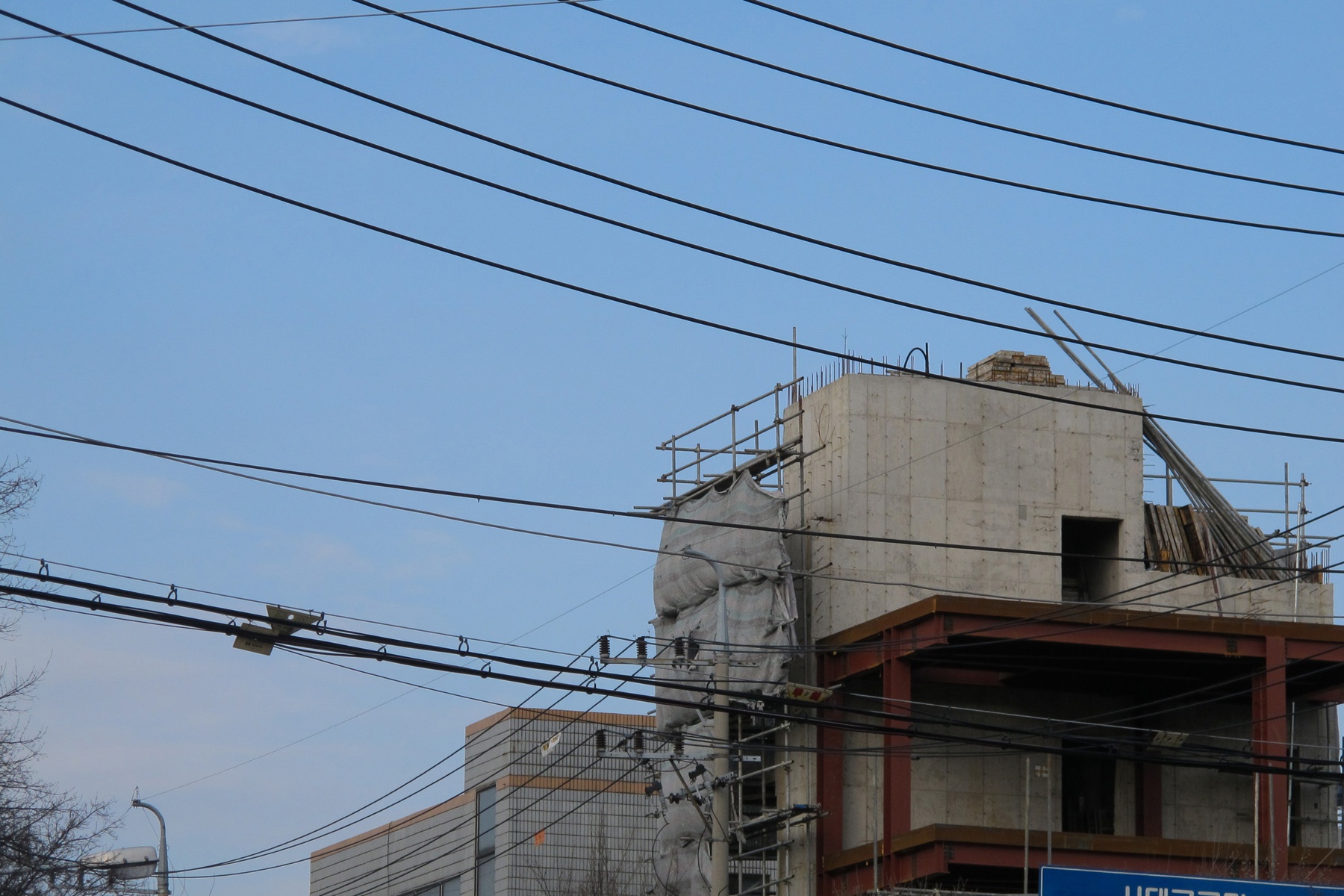
Uploaded on 2014-12-09 by KoryLi
![Transport][2] ![Infrastructure][3] ![Water and Energy][4] “Electricity has developed into one of the planet’s most versatile and important sources in facilitating and simplifying daily life. The list of electricity uses is endless”, as mentioned in video 7.3. With so many different industries and businesses that exist in Korea, energy is highly depended upon and thus needs to be carefully managed and monitored in Korea (as is the case). Furthermore the extreme climate and weather patterns also place a great demand on energy to regulate or counter the seasonal temperatures. Although the water from the tap in Daegu, South Korea are generally deemed undrinkable with it being so densely populated one can only imagine how there is certainly no shortage of ways in which water can be used for washing, cleaning, cooking, sewage and various other activities. With such a large population of varied classes, health is a basic necessity and health care must be made easily available and affordable. Korea has no shortage of decent and affordable transport options with a choice from subway and railway trains, buses, taxis and cars. With so many people to cater for, these systems have to be efficient and reliable and easily available and able to cover a great deal of the city through a fairly organized (as well as ever-growing) network. The impact of infrastructure such as transportation, water, health and energy on an urban form and architecture is undeniable on an individual level but even more so on a holistic level as they react and interact with one another as components of a whole. They certainly have a huge impact of the facilitation and simplification of citizen daily life. I believe mobility is one of the most important aspects of sustainable cities, as where there is movement of people there will be progress and growth through business and activity. Why this especially affects South Korea, is that it has a direct effect on the space (which there isn’t much of in the country). Accessibility of all these crucial elements (water, electricity, health etc) of a sustainable city is crucial, which is where capital to create such facilities is of direct importance. All these elements form part of a basic need for a daily and acceptable standard of living. Hence, direct and efficient access to these aforementioned elements (well-connected and wisely distributed throughout a city) is what will ensure a desirable. [1]: https://edxuploads.s3.amazonaws.com/14181372713126804.jpg [2]: https://edxuploads.s3.amazonaws.com/1418137297894578.jpg [3]: https://edxuploads.s3.amazonaws.com/14181373199496484.jpg [4]: https://edxuploads.s3.amazonaws.com/14181373463391864.jpg